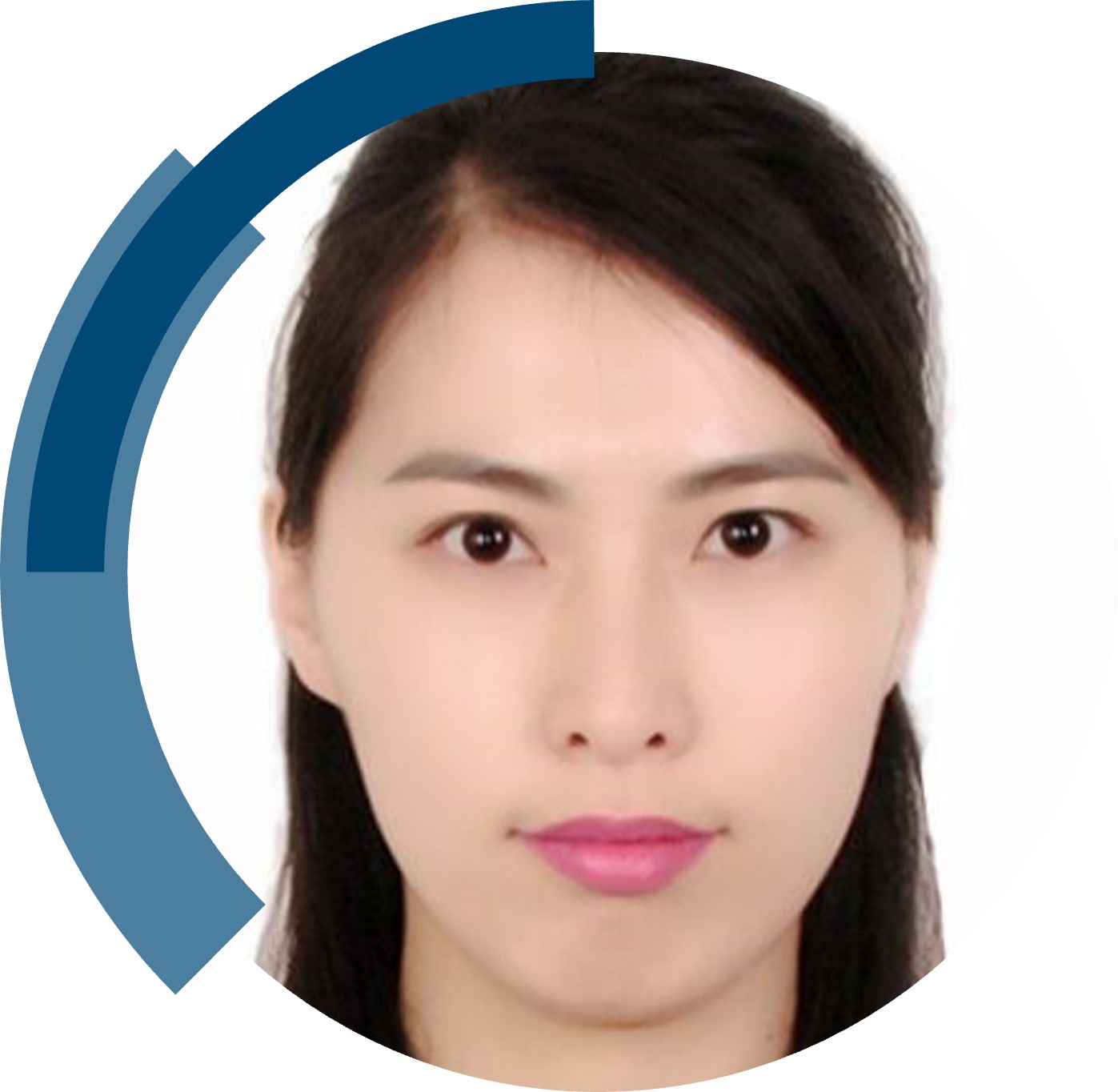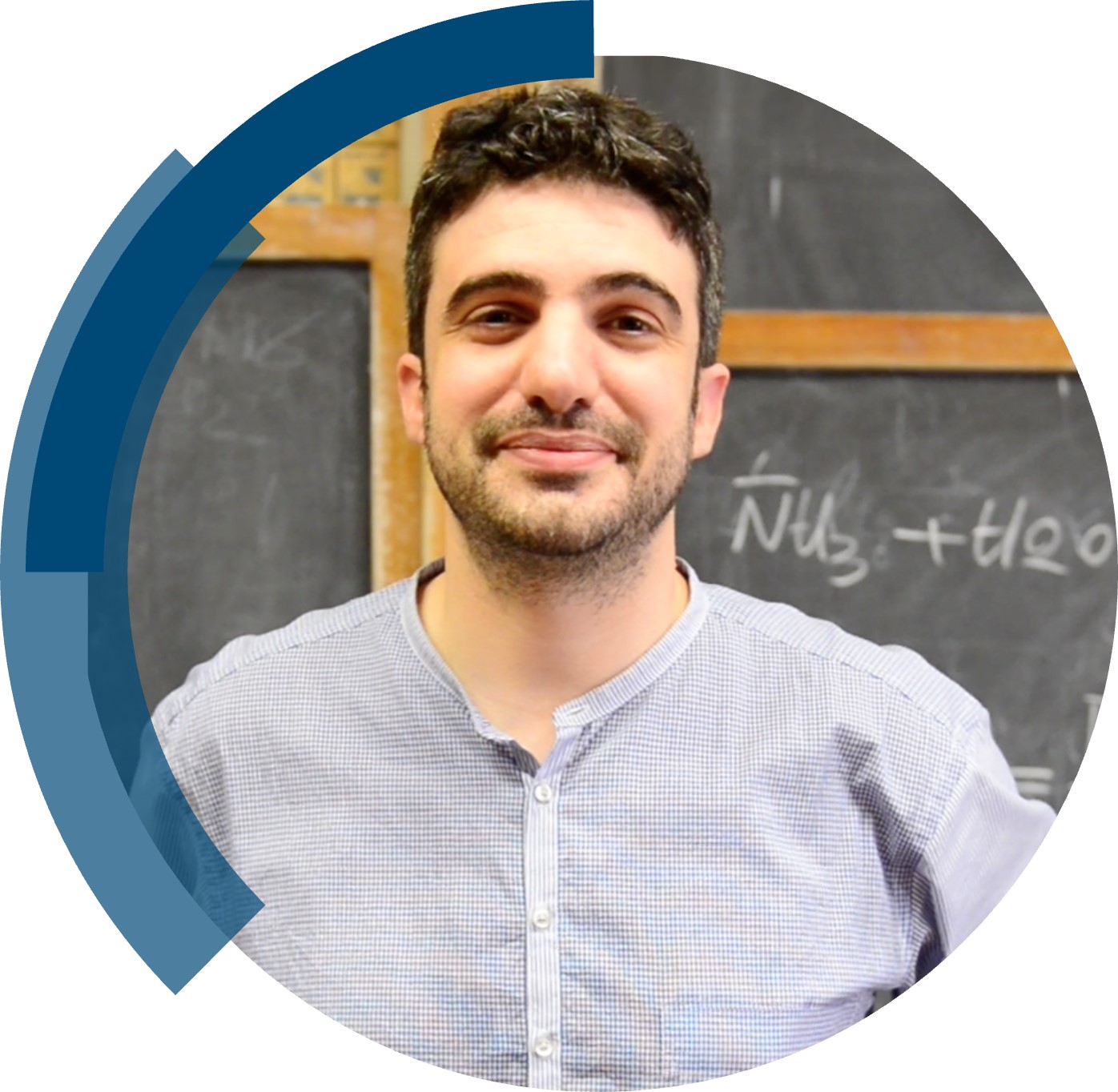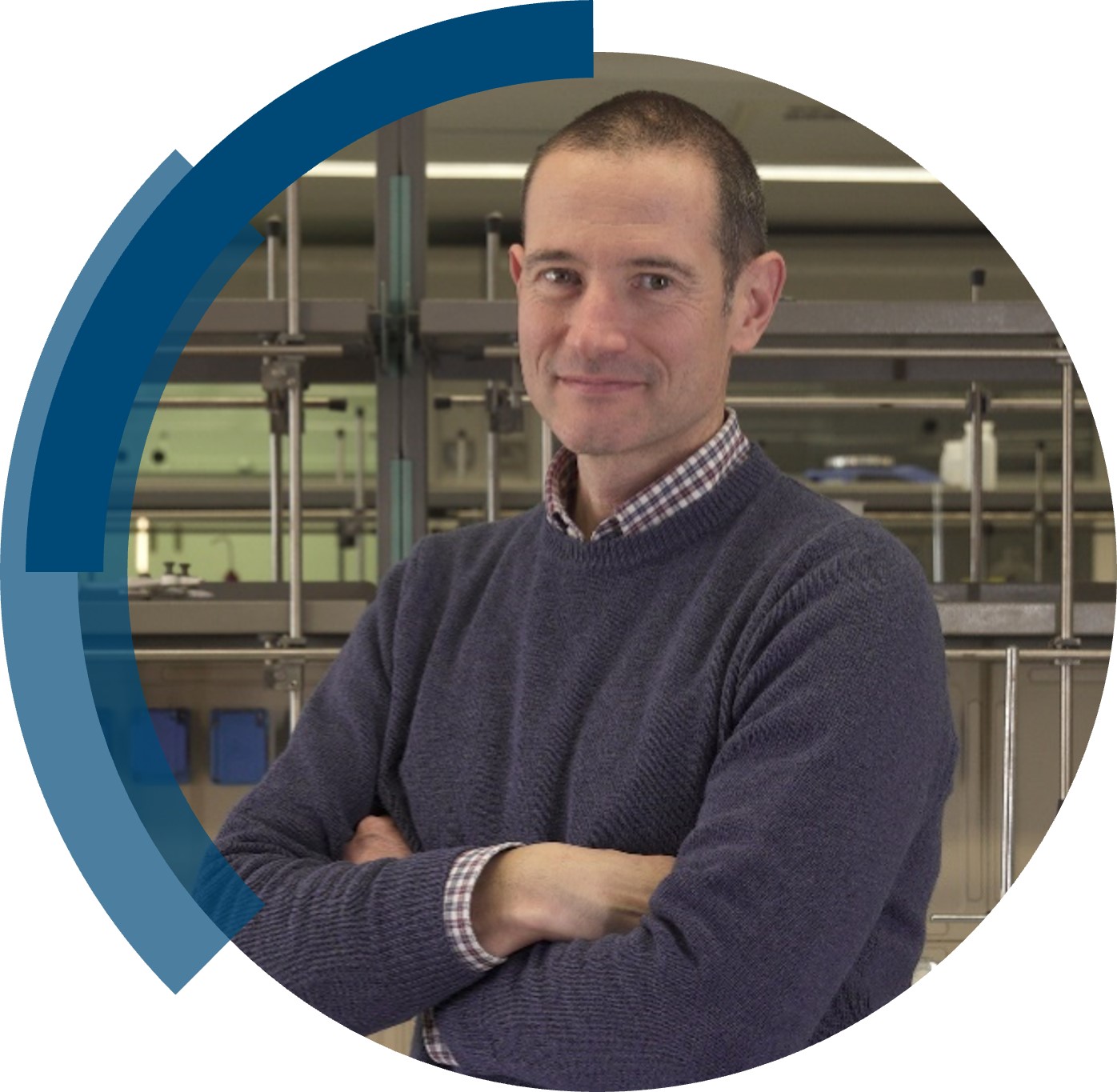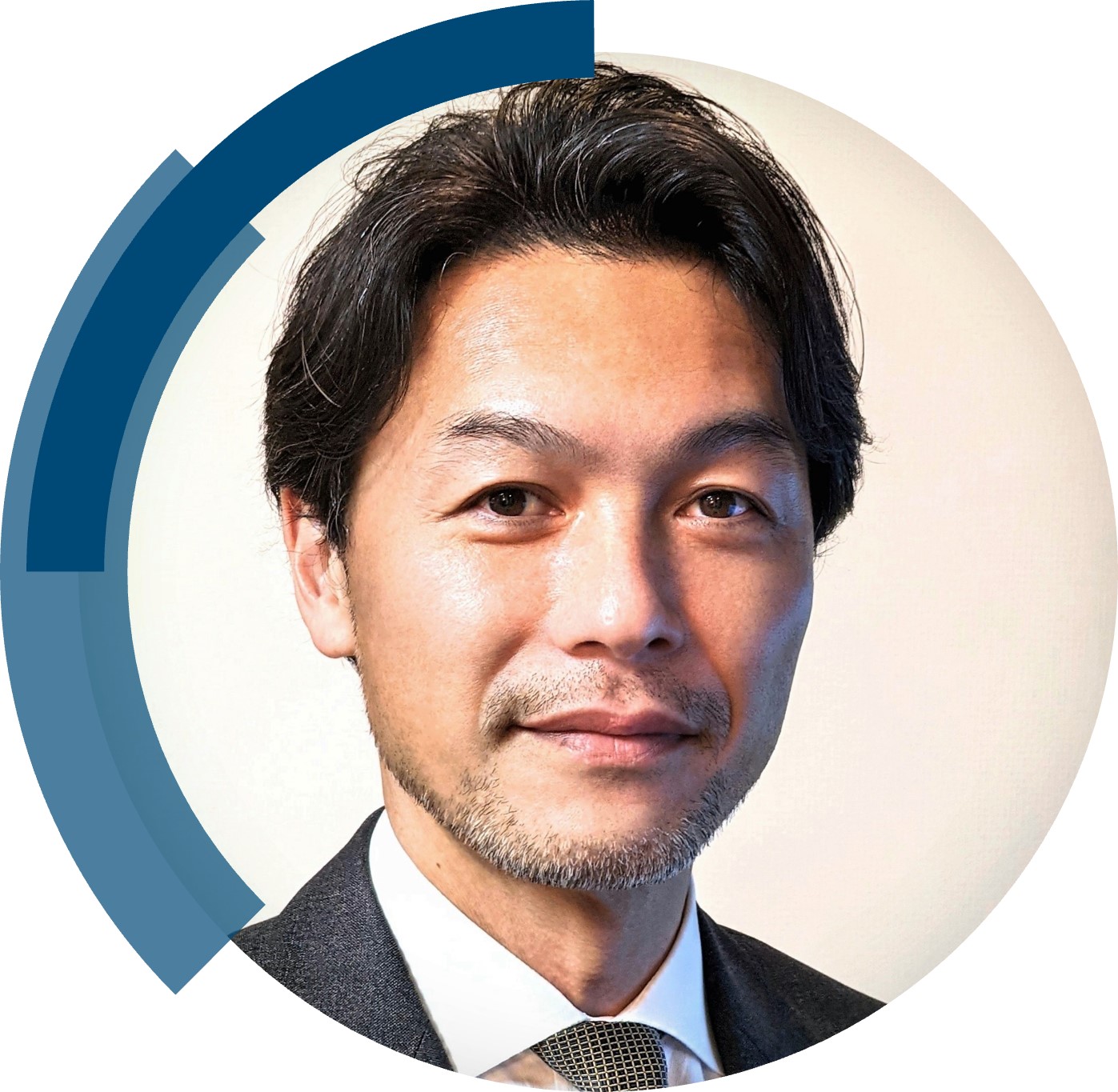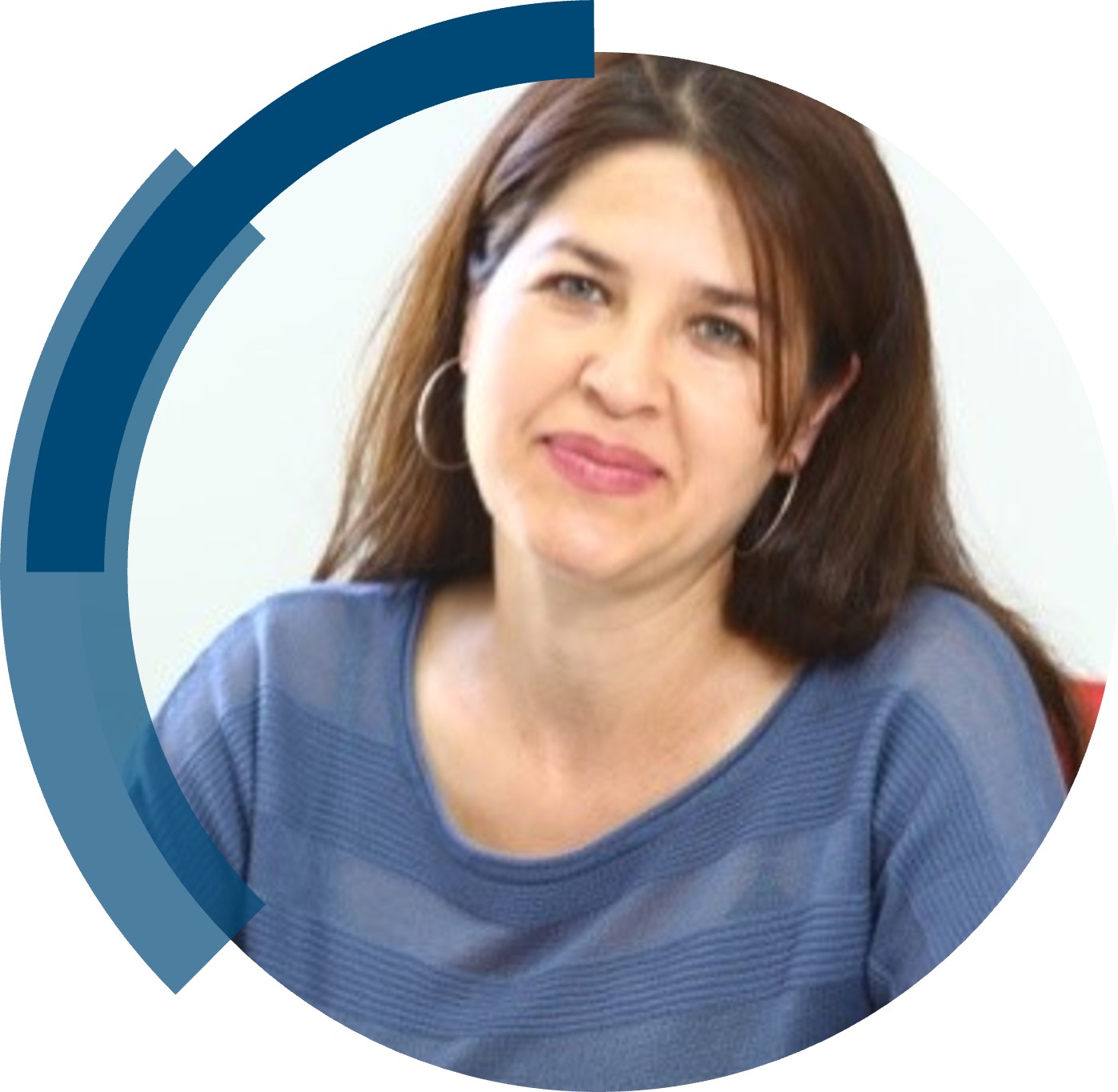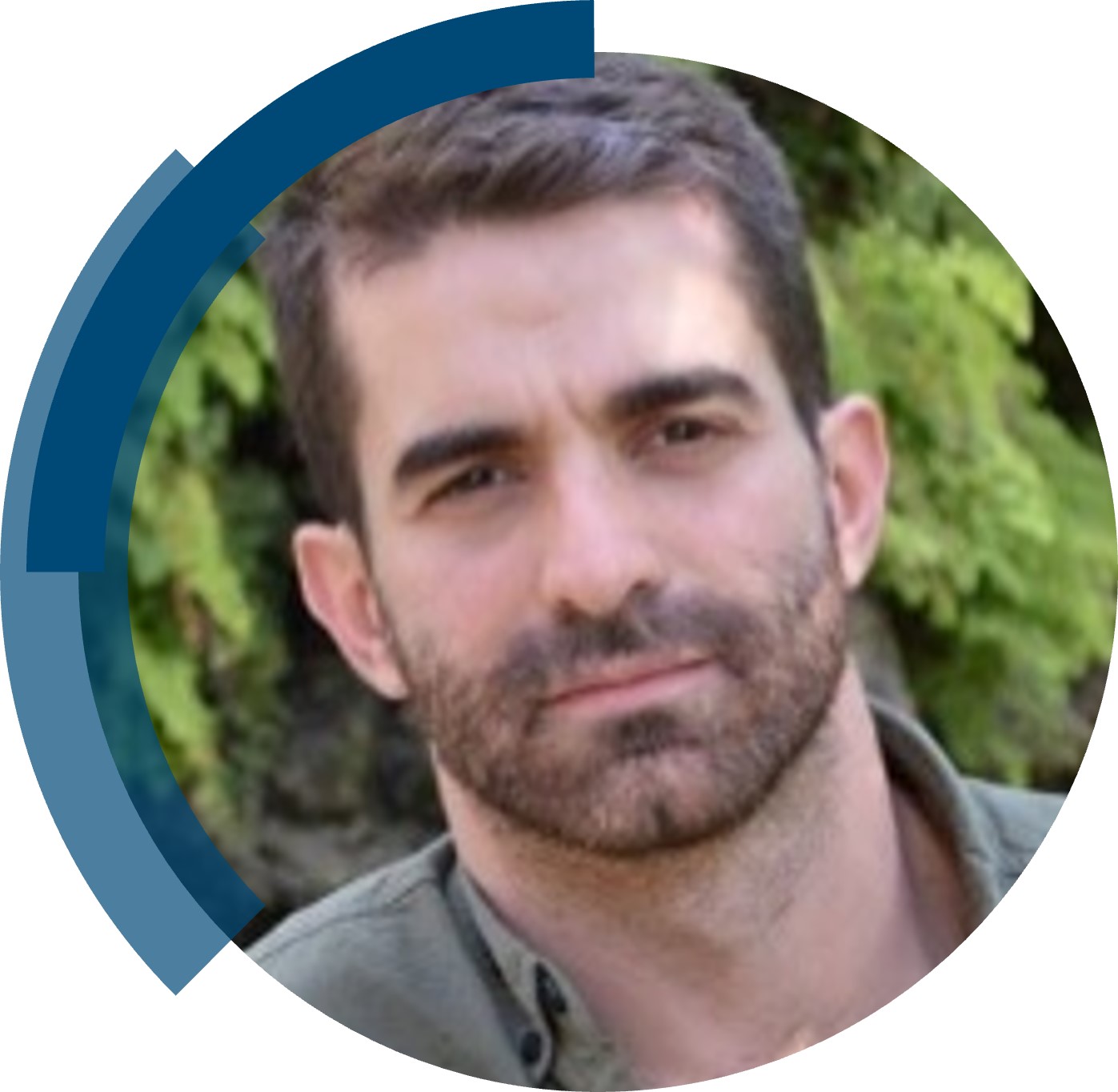
ChemComm is publishing its 60th volume in 2024. Over the past 60 years, ChemComm has been the RSC’s most cited journal, and one of the most trusted venues for rapid publication of short communications. In our anniversary year, we recognise the important contributions ChemComm has made, and continues to make, in advancing the chemical sciences.
As part of our anniversary celebrations, we’ve brought together a collection featuring the latest research from some of our most loyal and dedicated authors. From those marking the beginning of their independent academic career by publishing their first article with us, to the rising stars and established leaders publishing in our yearly ‘Emerging Investigators’ and ‘Pioneering Investigators’ collections, this collection champions the contributions of our worldwide author community. We are proud many authors choose to support our journal by regularly publishing their best work with us. This collection also features papers from our ChemComm Emerging Investigator Lectureship winners, and our Outstanding Reviewer awardees, whose invaluable feedback has shaped our published content through the years.
To accompany the collection, we’ll be publishing interviews with contributing authors where they provide further insight into their research and reflect on their journey with ChemComm.
Check out our interview with Michael Ruggiero (University of Rochester, USA) below!
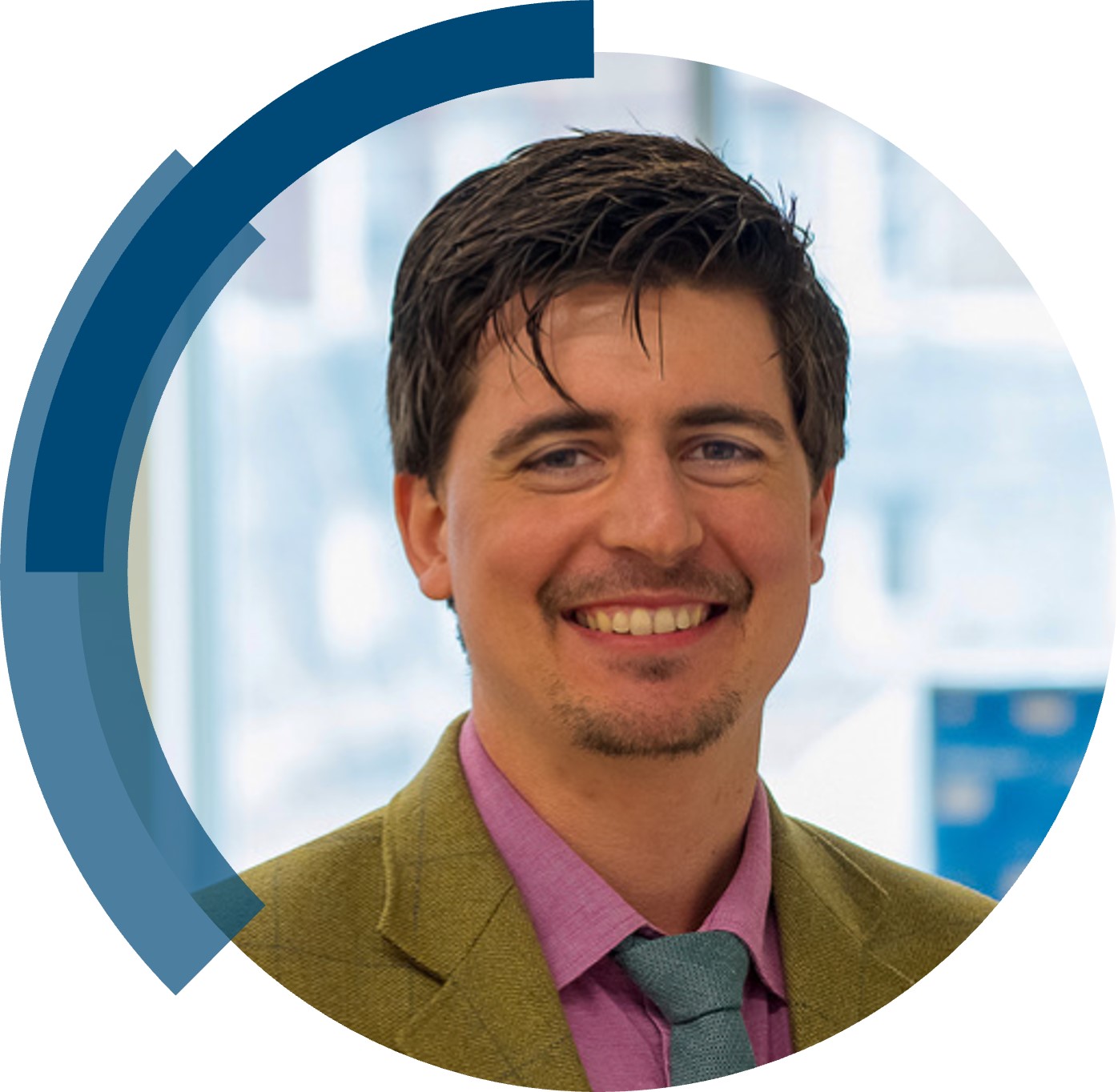 |
|
Michael T. Ruggiero is an Associate Professor of Chemistry and Chemical Engineering at the University of Rochester. He earned degrees in Chemistry from SUNY Geneseo and Syracuse University, followed by a postdoctoral fellowship at the University of Cambridge. He began his independent career at the University of Vermont before moving to Rochester in 2023. He was included on the 2019 Forbes 30 Under 30 list, is an NSF CAREER award recipient, a former editor for Crystal Growth & Design, and a cheerleader for the use of terahertz spectroscopy in materials chemistry research. Outside of the lab, he enjoys spending time with his family—trudging up, and zipping down, big mountains. |
How have you seen ChemComm evolve over the years, and what aspects do you find most noteworthy?
It has been really great to see ChemComm continually evolve over the years, and recent efforts to promote connection with the greater chemistry community through various special issues, such as the Emerging Investigator series and the 60th Anniversary collection, has allowed the journal to not only maintain, but grow, its connection to a wide audience. This has made ChemComm well positioned to capitalize on emerging trends and to feature work that is on the cutting edge of discovery in the chemical sciences.
What is your favourite thing about ChemComm?
ChemComm is a unique journal that has the (in)famous and strict 4-page limit, that also attracts some of the most timely and exciting developments in the chemical sciences – and I know I can always find good research in ChemComm because of the rigor of the peer-review process. At the same time, over the years I have really grown to appreciate all of the hard work and effort that the journal production team puts into making sure that the highest-quality science finds its way into ChemComm. This makes ChemComm one of my go-to journals to publish in when we have some really exciting and concise results that we would like to disseminate.
In what ways do you think ChemComm stands out among other journals in your field?
ChemComm has done a fantastic job of attracting really wonderful research, and has managed to maintain that level of excellence for as long as I have been reading the journal. This consistency means that the journal can effectively operate above the noise floor, which I think is one of the things that result in its ability to continue to publish fantastic reports that are easily digested by readers.
How would you describe the peer review process and interaction with the editorial team at ChemComm?
Rigorous but fair. While the peer-review process can be unpredictable in any outlet, I am always nervous when I submit something to ChemComm because the reviewers tend to reveal concerns that I had not considered (despite my best efforts!). This is not meant to be a negative, in that I have felt that my manuscripts always come out the other side of the peer-review process at ChemComm better than how they went in, which is entirely the purpose of peer review in the first place. And the only reason this is possible is because of the herculean efforts from the editors and journal production staff – as a former editor of a chemistry journal myself, I know how much work it takes to properly handle the review process, and the ChemComm team should be commended on their consistent, fair, and thoughtful approach to both authors and reviewers.
Are there ways in which the journal can further support and engage with future generations of scientists?
I am a big advocate for the inclusion of early-career scientists in the editorial process. While major journals tend to favor appointing the most impressive and well-known scientists to their editorial boards, there are numerous benefits to taking an alternative approach that can result in a much stronger impact. For example, early-career faculty are the ones who are typically taking on the most risky, and usually interdisciplinary, research, which means that they are the ones who tend to know the direction that a particular field might be heading. They also tend to be more engaged with the actual scientific elements of research, as they come off being full-time researchers themselves, so their ‘boots on the ground’ experience means that they likely know the most cutting-edge research occurring in the community extremely well. By including early-career researchers in the editorial process, either as editorial board members or as editors, I strongly believe a journal can more effectively move with the times and capture emerging areas of research much more effectively. And in the current competitive scientific publishing landscape, such an edge can make a profound difference in the impact and health of a journal and its associated ecosystem.
Could you provide a brief summary of your recent ChemComm publication?
Crystalline materials have generally been characterized based on the structure of the atoms/molecules that comprise them, leading to a general opinion that they are static, rigid, brittle, and so on. This is exemplified by the oft-referenced ‘structrure-property’ relationship. However, the particles in the solid-state are anything but static, and the role of molecular motions are increasingly being highlighted for their impact on bulk material properties. As someone who has built a career on understanding lattice dynamics, I am thrilled to see such a shift! However, as the community adapts to integrating the idea of molecular dynamics into the description of crystalline materials, there are inevitable pitfalls that are encountered along the way. In our work, we look into one such pitfall, by trying to understand the relationship between lattice dynamics, potential energy surfaces, and thermal expansion effects. There have been some recent reports that thermal expansion can be ‘enhanced’ by atomic motions, but we show in our ChemComm publication why this is the wrong way to approach this problem, going back to some undergraduate physical chemistry concepts to highlight why thermal expansion arises from the nature of the interactions between molecules in the solid state, which ultimately dictates both lattice dynamics and thermal expansion effects. We use low-frequency (terahertz) vibrational spectroscopy, including terahertz time-domain and low-frequency Raman spectroscopies, in tandem with quantum mechanical simulations, to uncover the fundamental origins of thermal expansion and lattice dynamics, which showcases the utility of these techniques for understanding such phenomena.
In your opinion, what are the next steps or potential areas of research that could build upon the findings in this paper?
As we rapidly continue to grow our understanding crystalline materials, we need to consider shifting from the ‘structure-property’ relationship to a ‘structure-property-dynamics’ viewpoint. While our ChemComm publication showcased that dynamics are not the primary driver of thermal expansion, there are many other phenomena that are directly driven by lattice dynamics, including phase transformation, solid-state reactivity, gas loading in porous materials, and so on. But I think what our ChemComm paper showcased was that, ultimately, an understanding of the potential energy surface of solid-state materials can provide all of the necessary information to uncover the ‘structure-property-dynamics’ relationship, and therefore I think we should, as a community, make a push towards going back to the fundamentals. I think that instead of trying to design materials based on varying things like functional groups to tune supramolecular effects, a more comprehensive, yet admittedly far-more-complex, approach is to rationally engineer the shape of the intermolecular potential energy surface itself. This nuanced shift in thinking will provide access to fine-tuning the properties of materials with some real control. There is, of course, many years of work required before we reach that point, but I think that should we be able to achieve it, we will really usher in a new era in materials design.
Be sure to read Michael’s full communication, “Fundamentally intertwined: anharmonic intermolecular interactions dictate both thermal expansion and terahertz lattice dynamics in molecular crystals” to learn more!
Comments Off on ChemComm’s 60th Anniversary – Michael Ruggiero













